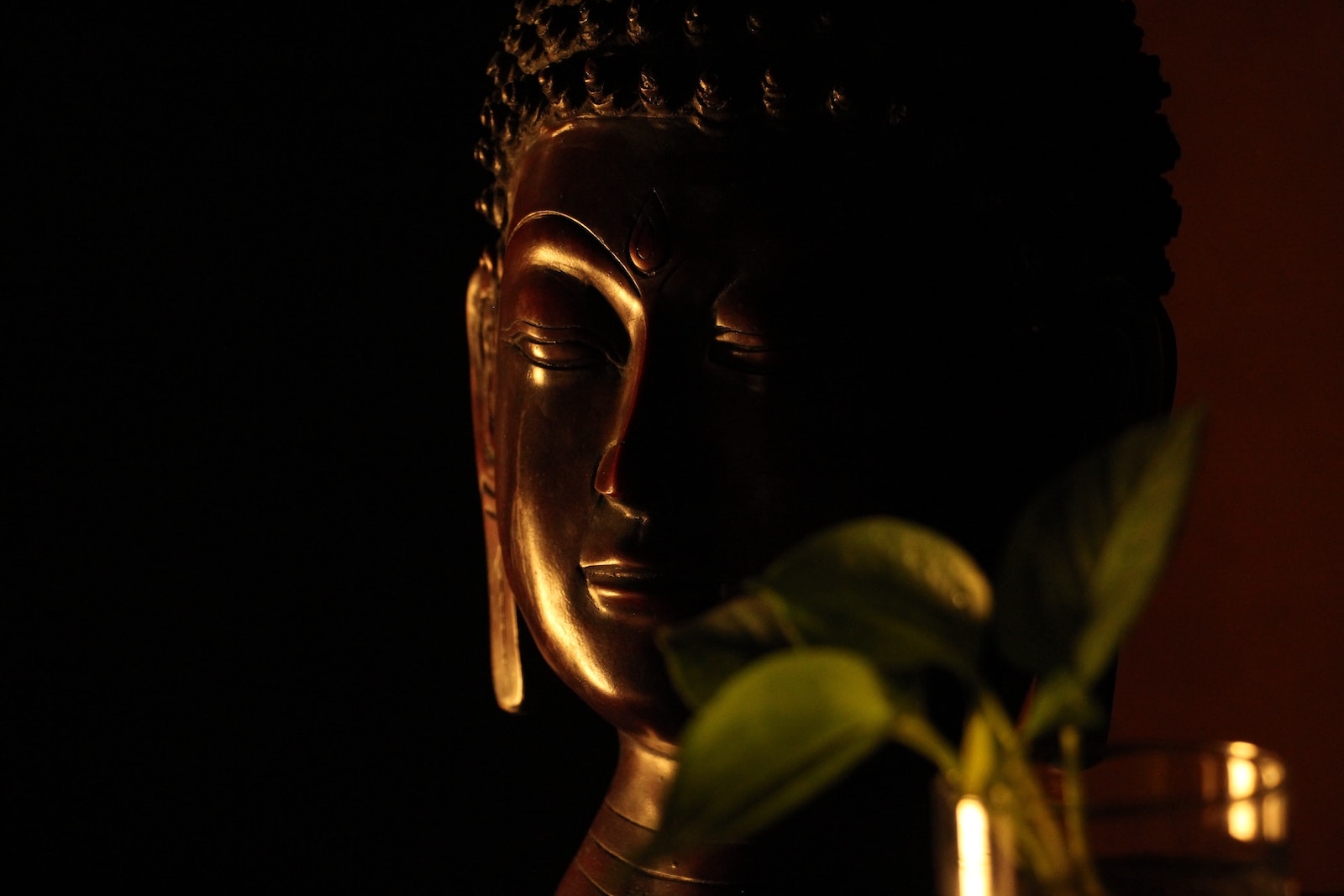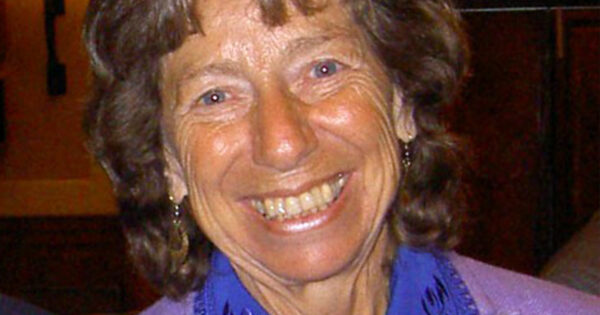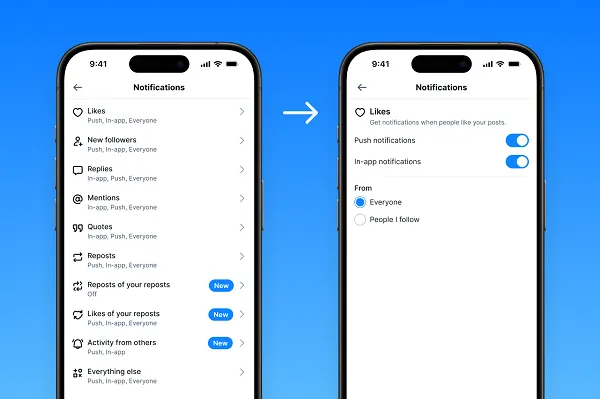On Ajaan Lee’s ‘Keeping the Breath in Mind’
Theravada monk Thanissaro Bhikkhu on the timeless importance of the classic Forest Tradition meditation guide. The post On Ajaan Lee’s ‘Keeping the Breath in Mind’ appeared first on Tricycle: The Buddhist Review.

The morning after I met him, Ajaan Fuang gave me a copy of Ajaan Lee’s Keeping the Breath in Mind, told me to read the seven steps in Method 2, and sent me up the hill behind the monastery to meditate for the rest of the day. That’s what I did, and what I continued to do every day for the three weeks of my first visit to Ajaan Fuang’s monastery in a wild area of Rayong, Thailand.
That was how I became acquainted with two things at once: Ajaan Fuang and the book he gave me. Each taught me a lot about the other. Because Ajaan Lee was Ajaan Fuang’s teacher, the book taught me about the approach to the dhamma that had made Ajaan Fuang the extraordinary person he was. His personal example and instructions gave me a sense of what the meditation method described in the book could do.
Of course, both Ajaan Fuang and the book ended up teaching me a lot about myself. Practicing Method 2 had a radical impact on the way I’ve related to my body and mind ever since. The more I got to know it—it’s a book that, if you follow its instructions, keeps revealing new layers of meaning each time you read it—the more it has suggested possibilities in my body and mind that I otherwise would have never suspected.
My initial impression was that the book was liberating. I had been practicing meditation on and off for five years at that point, but hadn’t yet found a satisfactory approach. The different vipassana and concentration techniques I had tried all seemed to put my mind into a straitjacket or through a meat grinder. Concentrating on the breath, I had been told, required that you limit your awareness to the tip of the nose, and that you not adjust or manipulate the breath in any way. Vipassana required that I accept the truth of the three characteristics of inconstancy, stress, and not-self, and verify those truths by not interfering with sensations as they presented themselves to my awareness.
However, concentrating on one point felt physically oppressive, and gave me headaches. Following the breath as it did its own thing I found to be dreary and boring. On the other hand, doing what I was told was vipassana, I couldn’t help feeling that I was simply submitting to someone else’s agenda. Not allowed to think for myself, I wondered how any of these meditation techniques could lead to liberation. Instead of finding freedom within any of these approaches, my mind kept looking to free itself from them.
So imagine my relief when I found in Method 2 that I could regard the breath as a full-body experience, and that I was allowed to adjust it to my liking:
Observe the breath as it goes in and out, noticing whether it’s comfortable or uncomfortable, broad or narrow, obstructed or free-flowing, fast or slow, short or long, warm or cool. If the breath doesn’t feel comfortable, adjust it until it does. For instance, if breathing in long and out long is uncomfortable, try breathing in short and out short.
As soon as you find that your breathing feels comfortable, let this comfortable breath sensation spread to the different parts of the body. To begin with, inhale the breath sensation at the base of the skull and let it flow all the way down the spine. Then, if you are male, let it spread down your right leg to the sole of your foot, to the ends of your toes, and out into the air. Inhale the breath sensation at the base of the skull again and let it spread down your spine, down your left leg to the ends of your toes, and out into the air . . . .
Then let the breath from the base of the skull spread down over both shoulders, past your elbows and wrists, to the tips of your fingers, and out into the air.
Let the breath at the base of the throat spread down the central nerve at the front of the body, past the lungs and liver, all the way down to the bladder and colon.
Inhale the breath right at the middle of the chest and let it go all the way down to your intestines.
Let all these breath sensations spread so that they connect and flow together, and you’ll feel a greatly improved sense of well-being.
Ajaan Fuang made it clear that these instructions were to be taken as a point of departure for exploring other ways in which the breath energy could flow in the body. He himself had suffered from migraines, and had learned to direct the breath energy down and out the base of his spine to relieve them. In his words, I was to learn about the breath by “playing” with it.
If you want the mind to settle down with any stability, it has to like where it’s staying.
Method 2 also removed the confines of one-pointed concentration, teaching me to be aware of the whole body all at once.
Spread your awareness—your sense of conscious feeling—throughout the entire body . . . .
Unite the breath sensations throughout the body, letting them flow together comfortably, keeping your awareness as broad as possible.
Even though Ajaan Lee did recommend that I focus on one spot in the midst of this full-body awareness, he freed me to choose a spot I found most to my liking.
Become acquainted with the bases or focal points for the mind—the resting spots of the breath—and center your awareness on whichever one seems most comfortable. A few of these bases are:
a. the tip of the nose,
b. the middle of the head,
c. the palate,
d. the base of the throat,
e. the breastbone (the tip of the sternum),
f. the navel (or a point just above it).
If you suffer from frequent headaches or nervous problems, don’t focus on any spot above the base of the throat. And don’t try to force the breath or put yourself into a trance. Breathe freely and naturally. Let the mind be at ease with the breath—but not to the point where it slips away.
Above all, Ajaan Lee taught that concentration could, and should, be a pleasant experience. And this only made sense: If you want the mind to settle down with any stability, it has to like where it’s staying.
This connected with his descriptions of how breath meditation could be used to develop the four jhanas. Prior to that point, what I had learned about the jhanas made them sound extremely esoteric and not especially desirable. In fact, the vipassana instructions I had received insisted that they were dangerous and to be avoided at all cost. Ajaan Lee’s instructions, however, made them seem more attainable and actually worth pursuing.
Here, for instance, is what he had to say about the first jhana:
The first jhana has five factors. (a) Directed thought (vitakka): Think of the breath until you can keep it in mind without getting distracted. (b) Singleness of preoccupation (ekaggat’arammana): Keep the mind with the breath. Don’t let it stray after other concepts or preoccupations. Watch over your thoughts so that they deal only with the breath to the point where the breath becomes comfortable. (The mind becomes one, at rest with the breath.) (c) Evaluation (vicara): Gain a sense of how to let this comfortable breath sensation spread and connect with the other breath sensations in the body. Let these breath sensations spread until they’re interconnected all over the body. Once the body has been soothed by the breath, feelings of pain will grow calm. The body will be filled with good breath energy. (The mind is focused exclusively on issues connected with the breath.)
These three qualities must be brought together to bear on the same stream of breathing for the first jhana to arise. This stream of breathing can then take you all the way to the fourth jhana.
Directed thought, singleness of preoccupation, and evaluation act as the causes. When the causes are fully ripe, results will appear—(d) rapture (piti), a compelling sense of fullness and refreshment for body and mind, going straight to the heart, independent of all else; (e) pleasure (sukha), physical ease arising from the body’s being still and unperturbed (kaya-passaddhi); mental contentment arising from the mind’s being at ease on its own, undistracted, unperturbed, serene, and exultant (citta-passaddhi).
Rapture and pleasure are the results. The factors of the first jhana thus come down simply to two sorts: causes and results.
Years later, I was reminded of this passage when I came across the following simile for the first jhana in the Pali suttas:
Quite secluded from sensuality, secluded from unskillful qualities, he enters and remains in the first jhana: rapture & pleasure born of seclusion, accompanied by directed thought & evaluation. He permeates and pervades, suffuses and fills this very body with the rapture & pleasure born of seclusion. Just as if a dexterous bathman or bathman’s apprentice would pour bath powder into a brass basin and knead it together, sprinkling it again and again with water, so that his ball of bath powder—saturated, moisture-laden, permeated within and without—would nevertheless not drip; even so, the monk permeates . . . this very body with the rapture & pleasure born of seclusion. —Digha Nikaya 2
As for insight practice, Ajaan Lee taught that insight could be developed through mastering the steps of breath meditation itself, and didn’t require a separate method to force insights onto the mind. And the way he approached the three characteristics showed that, instead of simply copying and pasting the Buddha’s insights into my brain, I should follow the Buddha’s example in testing exactly how far the truth of these teachings go.
Before the Buddha taught that things are inconstant, he had worked at knowing them until they revealed their constancy. Before teaching that things are stressful, he had turned that stress into pleasure and ease. And before teaching that things are not-self, he had turned what is not-self into a self, and so was able to see what is constant and true, lying hidden in what is inconstant, stressful, and not-self. He then gathered all of these qualities into one. He gathered all that is inconstant, stressful, and not-self into one and the same thing: fabrications (sankhara) viewed in terms of the world—a single class, equal everywhere throughout the world. As for what’s constant, pleasant, and self, this was another class: fabrications viewed in terms of the dhamma. And then he let go of both classes, without getting caught up on “constant” or “inconstant,” “stress” or “ease,” “self” or “not-self.” This is why we can say he attained release, purity, and nibbana, for he had no need to latch onto fabrications—whether of the world or of the dhamma—in any way at all.
In other words, you learn about the three characteristics by developing a state of concentration that’s as constant, easeful, and under your control as you can. Only when you push against the three characteristics can you detect where they actually push back. And then you can let go of everything with genuine insight.
Instead of simply copying and pasting the Buddha’s insights into my brain, I should follow the Buddha’s example in testing exactly how far the truth of these teachings go.
I didn’t fully grasp the meaning of this passage at the time—I’m still working on it—but it made clear that Ajaan Lee approached the dhamma not as a body of sayings to be accepted but as a skill to be mastered. This point was confirmed as I began reading his dhamma talks, where he compared the skills of meditation to the skills of cooking, weaving, silverwork, and making clay tiles. Instead of telling me to restrict my mental faculties, his message was that I should use my ingenuity and powers of observation to the fullest. Total freedom was a goal that required exercising the entire heart and mind.
It’s because of the liberating nature of these teachings that Keeping the Breath in Mind has been, as the Thai idiom puts it, “paired with my hand” ever since.

 JimMin
JimMin 































